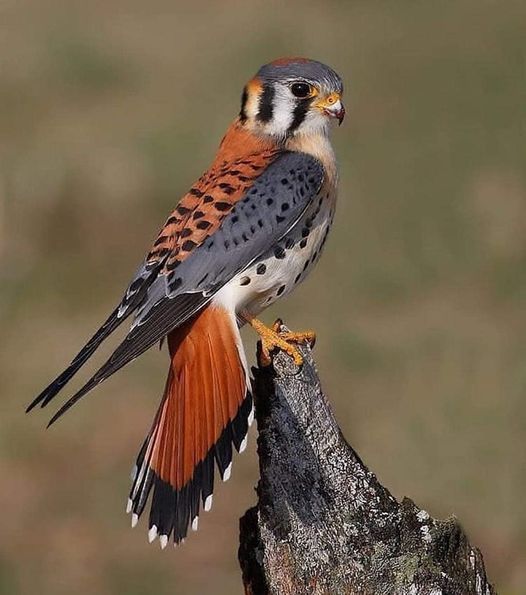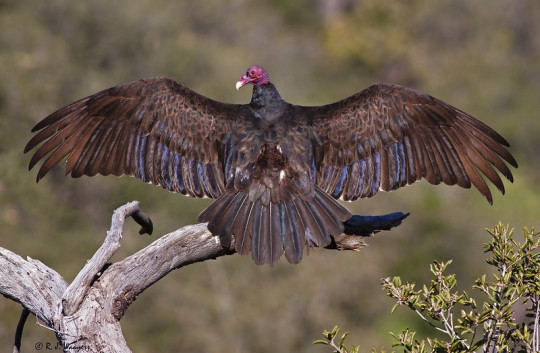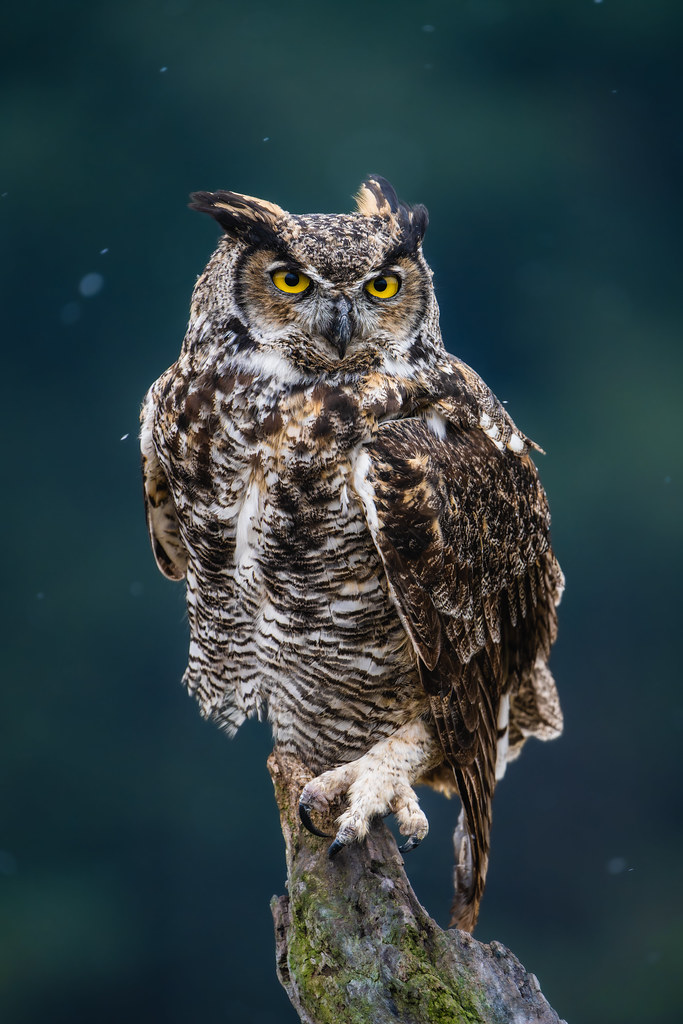#Raptors of north America
Explore tagged Tumblr posts
Video
Kestrel by Kip Hutchison Via Flickr: Perched very high in a Pine Tree.
#Kestrel#American Kestrel#Falcon#Small Falcon#Raptor#Raptors#Raptors of north America#Predator#Hawks#Hawk#Distinguished Raptors#VancouverIslandBirds#Vancouver Island Wildlife#Birds of Prey#Birds.#British Columbia#flickr
28 notes
·
View notes
Text

A Scissor-tailed Flycatcher (Tyrannus forficatus), family Tyrannidae, order Passeriformes, attempts to drive away a Crested Caracara (Caracara plancus cheriway), family Falconidae, order Falconiformes, South TX, USA
photograph by Wayne Williams
#flycatcher#tyrannus#tyrannidae#passeriformes#caracara#falcon#raptor#bird#falconidae#falconiformes#orntihology#north america#animals#nature
3K notes
·
View notes
Text
The other day, I heard Blue Jays scream for a while, and this must have been te reason. A young Cooper's hawk was visiting the pond. I think Cooper's because of the size, the thickness of the legs and the rounded tail tips. A beautiful bird, that left hungry.
#birds#birdlovers#backyard birds#raptors#hawks#birds of michigan#birds of north america#nature#birdwatching#ostdrossel
351 notes
·
View notes
Text

Fledgling great horned owls (Bubo virginianus) in Morro Bay, California, USA
by marlin harms
#great horned owl#owls#raptors#birds#juvenile#bubo virginianus#bubo#strigidae#strigiformes#aves#chordata#wildlife: california#wildlife: usa#wildlife: north america
157 notes
·
View notes
Text
BOTD: Red-tailed Hawk

Photo: Kent Ross
"This is the most widespread and familiar large hawk in North America, bulky and broad-winged, designed for effortless soaring. An inhabitant of open country, it is commonly seen perched on roadside poles or sailing over fields and woods. Although adults usually can be recognized by the trademark reddish-brown tail, the rest of their plumage can be quite variable, especially west of the Mississippi: Western Red-tails can range from blackish to rufous-brown to nearly white."
- Audubon Field Guide
#birds#red tailed hawk#birds of north america#north american birds#hawks#raptors#birds of prey#birds of the us#birds of canada#birds of mexico#birds of central america#birds of the caribbean#birding#birdblr#birblr#bird of the day#bird watching#Buteo jamaicensis
213 notes
·
View notes
Text
My Kingdom.

This hawk was in an oak tree outside my backyard fence this morning. I tried taking a photo through the storm door because it was raining. But some leaves were covering the head of the hawk, so I made a hasty waterproof cover for my camera and went out into the rain to get some photos. I think that this is a Cooper's hawk (Accipiter cooperii) based on its size, but it could be a sharp-shinned hawk (Accipiter striatus). I'm basically guessing between the two they look so much alike.
Among the bird world’s most skillful fliers, Cooper’s Hawks are common woodland hawks that tear through cluttered tree canopies in high-speed pursuit of other birds. … With their smaller lookalike, the Sharp-shinned Hawk, Cooper’s Hawks make for famously tricky identifications. Both species are sometimes unwanted guests at bird feeders, looking for an easy meal (but not one of sunflower seeds).
@birdcounter
#photo#photography#photographer#photographylovers#birds#birdwatching#birdsphotography#birds of north america#birdlovers#birdphotography#birds nature#cooper's hawk#birbs#birding#bird watching#bird photography#birdingphotography#bird of prey#bird#raptor
294 notes
·
View notes
Text
Animal of the Day for November 8: Terror Bird (Family Phorusrhacidae)

While mammals took over after dinosaurs died out, this was not completely the case. In South America, the Terror Birds were among the dominant predators, along with giant crocodilians, notosuchians and snakes, some of which are still alive today.
A common myth is that the Terror Birds went extinct due to competition with placental mammals during the Great American interchange (an event when the Americas became connected by a land bridge, causing ecological chaos), but Terror Birds managed to coexist just fine with the likes of canids and big cats. Instead, the Terror Birds may have failed to endure the ice age.
#animal of the day#november 8#november#terror bird#extinct animals#birds#raptors#south america#north america
13 notes
·
View notes
Text

young sharp-shinned hawk from a few months back, it was chilly!
20 notes
·
View notes
Text
youtube
Golden eagles are one of the largest raptors in North America, and their numbers are declining due to an unlikely poison: lead ammunition left behind by game hunters. Eagles scavenge on animal remains contaminated by lead bullets, so conservationists are proposing a radical solution: getting hunters to go lead-free.
When hunters use lead ammunition, their bullets can fragment into hundreds of tiny pieces upon impact. These fragments are then left behind in gut pits that scavengers like golden eagles, California condors, and bald eagles feed on. Over time, the lead weakens their bones and interrupts nerve function, causing the eagles to lose coordination, become paralyzed, or eventually die.
That’s where Sporting Lead-Free comes in. Their mission: build a grassroots movement to educate hunters about lead-free alternatives like copper bullets, bringing the community back to their roots as conservationists. Through ballistics demonstrations, x-ray scans, and global ambassadors, this is an issue where every individual truly can choose to make a difference.
#nature on pbs#wild hope#solarpunk#golden eagle#california condor#bald eagle#north america#USA#california#birds#raptor#Hunter#hunting#lead bullets#steel bullets#copper bullets#bullets#cw animal death#tw animal death#animal carcasses#Sporting Lead-Free#Youtube
5 notes
·
View notes
Video
Great Horned Owl by Dave Wong
#Zoo Photography#Owl#North America#Nature#Norfolk County#Wildlife Photography#Road Trip#True owl#Travel#Canada#Bird#Ontario#Great horned owl#Animals#America#Southern Ontario#Canadian Raptor Conservancy#Vittoria#Bubo virginianus#Hoot owl#Tiger owl#Wildlife#Bird Photography#Raptor#flickr
10 notes
·
View notes
Text

Turkey Vultures!
these big, beautiful raptors are one of my favorite birds. many people don’t like them very much, but they are vital members of the ecosystem. also I think they’re very cute.
#birding#birdwatching#birds#my photography#photographers of tumblr#bird photography#original photography#vultures#birds of north america#birds of prey#raptor#turkey vulture
4 notes
·
View notes
Video
America Bald Eagle (Juvenile ) by Kip Hutchison Via Flickr: Something caught this Eagles attention in the Water.
#American#American Bald Eagle#Eagle#Eagle of the Pacific North West#Eagles of the World#Eagles#Predator#Prey#Bald Eagle#Raptors of north America#Raptors#flickr
2 notes
·
View notes
Text

American Kestrel (Falco sparverius), male, family Falconidae, order Falconiformes, found over a great deal of North America and South America
photograph by Steve Rose (@stevenrosephotography)
4K notes
·
View notes
Text

A turkey vulture (Cathartes aura) spreading its wings in Cuyamaca Mountains, California
by Robyn Waayers
#turkey vulture#vultures#raptors#birds#cathartes aura#cathartes#cathartidae#accipitriformes#aves#chordata#wildlife: california#wildlife: usa#wildlife: north america
996 notes
·
View notes
Text
BOTD: Elf Owl

Photo: Greg Lasley
"Regions near the Mexican border are home to this gnome, the tiniest owl in the world, no bigger than a sparrow. On moonlit nights in late spring, its yapping and chuckling calls (surprisingly loud for the size of the bird) echo among the groves of giant cactus and through the lower canyons. The Elf Owl feeds almost entirely on insects and other invertebrates, which become harder to find in cold weather, so it migrates south into Mexico for the winter."
- Audubon Field Guide
#birds#elf owl#birds of north america#north american birds#owls#raptors#birds of prey#birds of the us#birds of mexico#birding#bird watching#birdblr#birblr#bird of the day#Micrathene whitneyi
159 notes
·
View notes
Text
Rider of the Currents

This turkey vulture (Cathartes aura) was high overhead this morning.
"Vultures in the Americas look a lot like the vultures in Europe, Asia, and Africa, with broad wings, bare heads, and the habit of eating dead meat. But surprisingly, they're in different taxonomic orders, meaning they're not particularly closely related. They evolved many of the same features as they exploited the same kinds of resources in different parts of the planet. This process is known as convergent evolution." - Copilot
You can browse through a collection of my favorite photos at my photo gallery, visit:
photo #photography #photographer #photographylovers #wildlife #nature #bird #birds #birding #birdsofmastodon #birdwatching #birdphotography #TurkeyVulture
#photo#photography#photographer#photographylovers#wildlife#nature#bird#birds#birding#birdwatching#birdphotography#birds of north america#birdsphotography#birdlovers#turkey vulture#wildlife photography#wild animals#wild life#wild bird photography#wild birds#wildbirds#wildlifephotograph#bird of prey#bird photography#birdingphotography#bird watching#birds nature#raptor
24 notes
·
View notes
